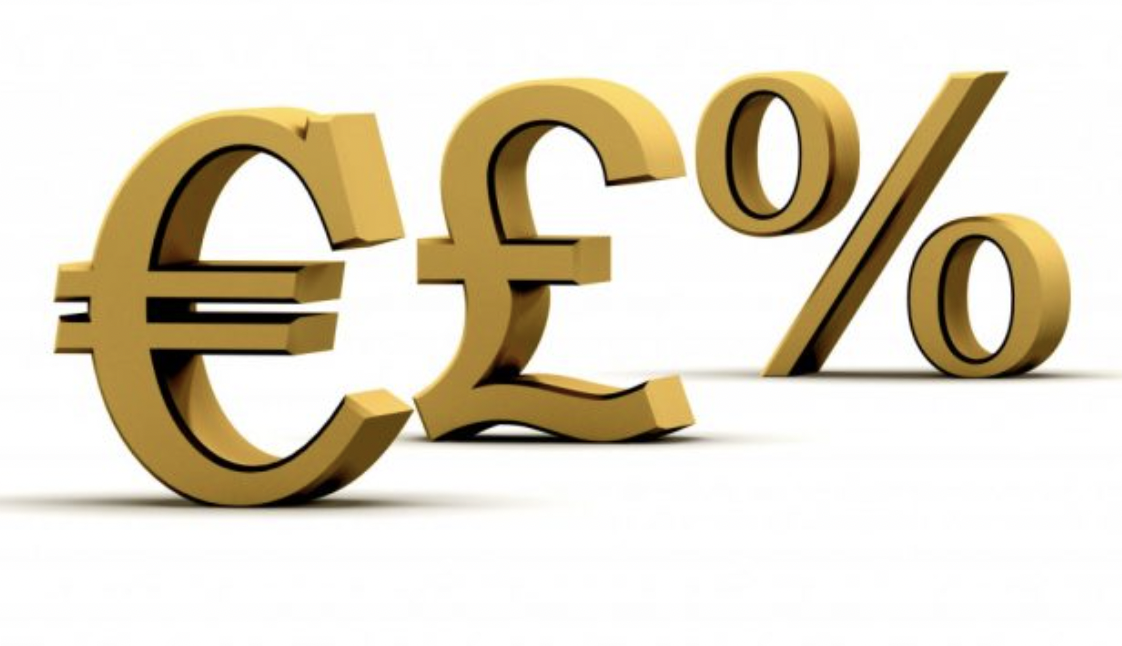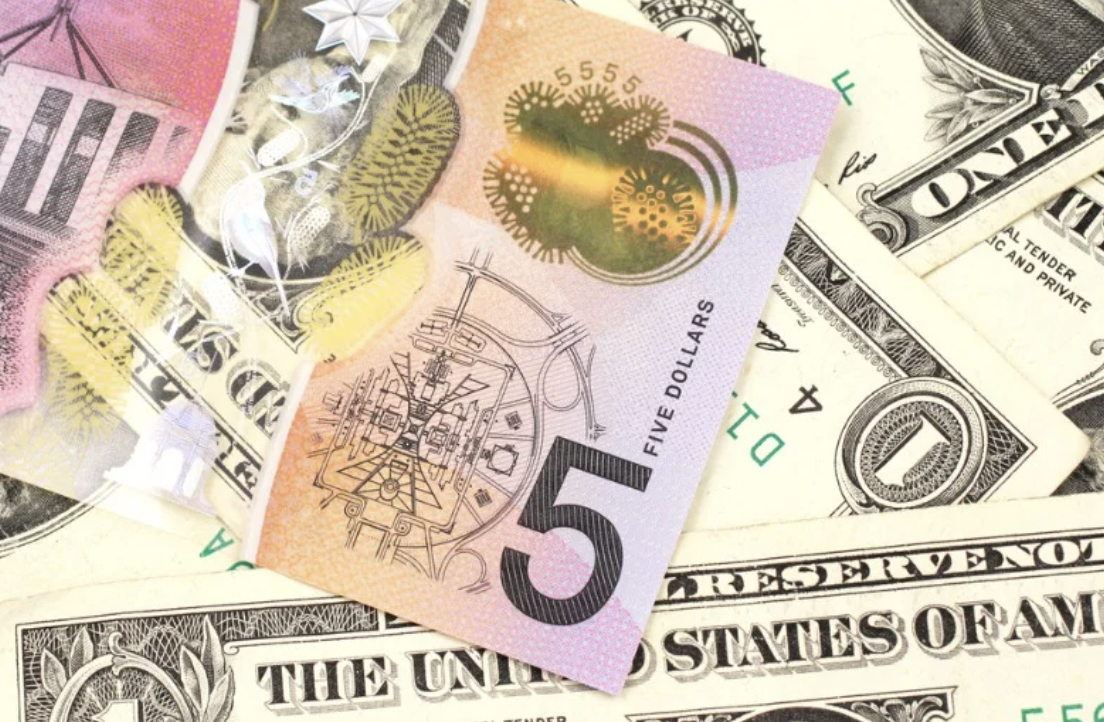
Alina Haynes
Aug 12, 2022 12:09

The AUD/NZD exchange rate dropped from 1.0500 to 1.0400, and has since been trading sideways. For the asset to record a new weekly bottom, the kiwi bulls would have to push the cross below the immediate support of 1.0300. Bullish expectations for the New Zealand dollar were supported by the publication of a strong Business New Zealand PMI.
Greater than both the predicted 52.5 and the prior figure of 50, the Business NZ PMI has now reached 52.7. Because of this, the Reserve Bank of New Zealand (RBNZ) will be pleased with its efforts to reduce inflation. The RBNZ's monetary policy meeting next week will result in an interest rate announcement. The Official Cash Rate (OCR) is expected to be increased by Governor Adrian Orr for the fourth time in a row, by 50 basis points (bps). The OCR will go up to 3% after a comparable notification is made.
An OCR hike by the RBNZ to 4.00% by mid-2023 is predicted by a Reuters poll. It is forecasted that inflation will drop to levels below the 2%-3% target during the first half of 2023. At last, the RBNZ's goal of price stability appears to be within reach.
There was little relief for the Aussie bulls despite statistics showing that Australian consumers expect inflation to be lower than it actually is. The Reserve Bank of Australia will become less hawkish if the Australian Consumer Inflation Predictions, which reflect consumer predictions of future inflation over the next 12 months, fall.


Aug 15, 2022 14:53